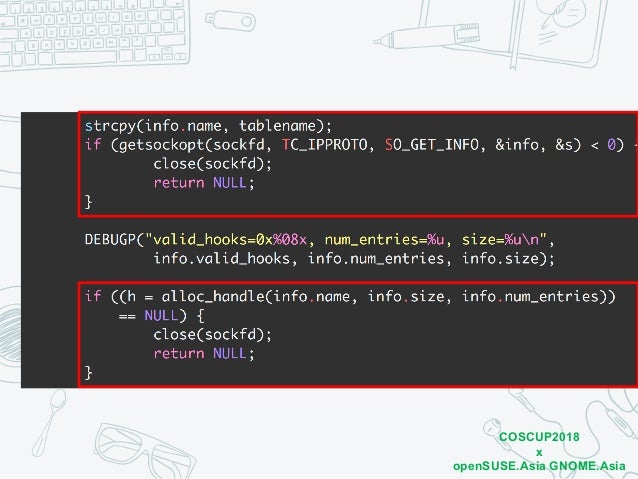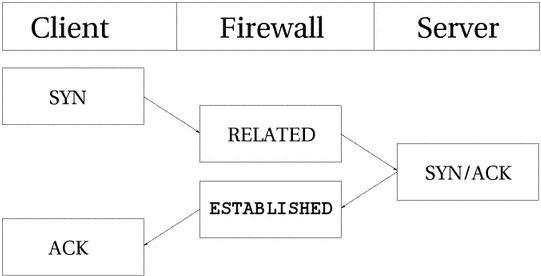


The rest of this article is mainly focused on describing iptables list all rules, including concepts like how to show iptables and remove iptables rules. Iptables use a set of tables with chains containing a set of built-in or user-defined rules.Īs mentioned in the previous section, iptables plays an essential role in network security for most Linux systems. You can use the following command to update or install it: sudo apt-get install iptables Why do we use Iptables?Īs a Linux command line firewall, iptables allows system administrators to handle incoming and outgoing traffic via configurable table rules. Iptables almost always come pre-installed on any Linux distribution. If it doesn’t find one for a connection, it resorts to the default action. When connections try to be made on your system, iptables looks for a rule in the list that matches them, giving you a proper assistant in network security. Iptables is a command-line firewall utility that allows or blocks traffic via policy chains. 8.4 Do iptables rules take effect immediately? Why? What is Iptables?


 0 kommentar(er)
0 kommentar(er)
